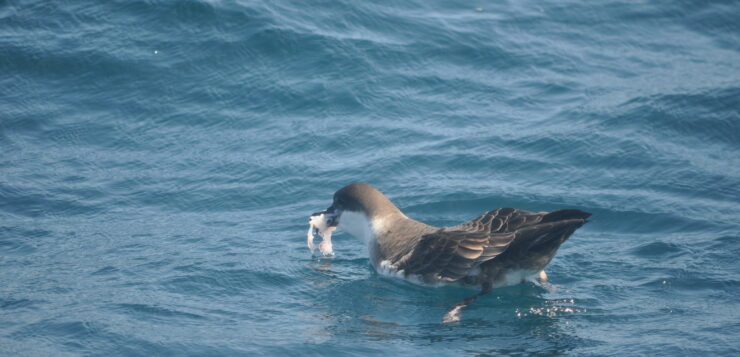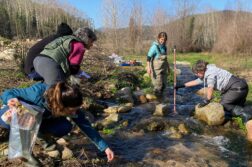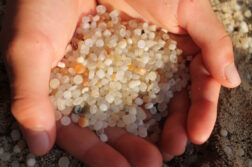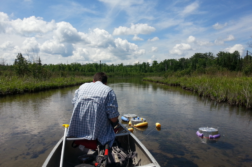A study ,published in Nature Communications and with the participation of CEAB-CSIC, indicates the Mediterranean and the Black Sea as the areas of the planet where petrels and shearwaters, among the most threatened groups of seabirds, face a greater risk of ingesting plastics.
Plastic pollution is a problem in all the seas of the planet, but its distribution is not homogeneous. Plastics tend to accumulate in certain areas, due to the effect of ocean currents and different demographic pressures. Likewise, seabirds are distributed heterogeneously, visiting more frequently those areas where their prey is concentrated and also taking into account the influence of the winds.
A new study has crossed the information on the distribution of plastics and the movements of oceanic birds, to see where there is more overlap and therefore more risk of interaction. The research, led by BirdLife International, has been published in Nature Communications this 4th July.
The Spanish subsidiary SEO/BirdLife and the Center for Advanced Studies of Blanes (CEAB-CSIC) have participated in the work, specifically the Theoretical and Computational Ecology group, which has provided data on the movement of birds in the Mediterranean and Atlantic. The Doñana Biological Station (EBD-CSIC) and the University of Barcelona have also collaborated.
Research has focused on petrels and shearwaters, one of the most endangered groups of birds on the planet. These birds are distributed throughout the seas and both in coastal and oceanic areas. That is why they are excellent indicators of the state of conservation of the marine environment. Studying the incidence of plastics on them can help to better understand the impacts of this threat at a global level, on the ecosystem as a whole.
According to the study, several species of these birds regularly eat plastic, either because they mistake it for their prey or, indirectly, because their catches contained it. In addition, plastics, when decomposed, give off dimethyl sulfate, the same substance that plankton emits and that these birds use to locate food.
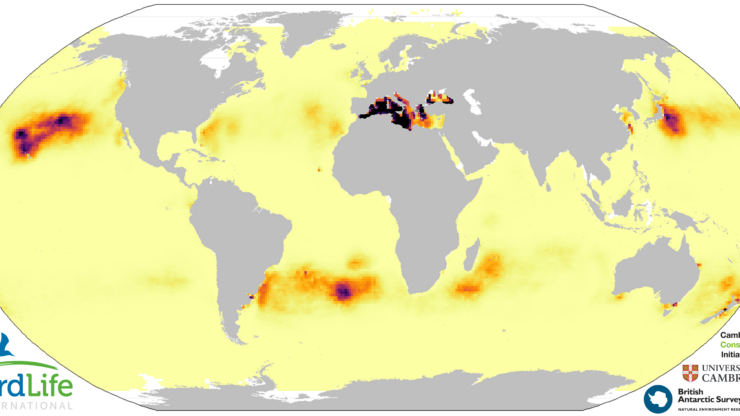
The most threatened species
In total, the distribution data of 7,137 specimens of petrels and baldrigues have been analysed, of 77 different species worldwide. Both available cities, the Mediterranean and the Black Sea stand out as the most risky areas identified by the study. In the Mediterranean, the western part is the most problematic. And those that do not supply from this sea (that do not travel and are fed to the Atlantic), are the most threatened. This implies that the species belonging to this concave are the most exposed to the problem of plastics, both Mediterranean and Balearic wastes to the capdavant, all due to threats globally and both the qualifications of vulnerable and critically threatened, respectively.
According to the authors and authors of the article, the results show the need to improve global cooperation to curb this type of contamination.
At the moment, it is giving objective information because the regeneration and conservation policies prioritize these points on the aus are nourished by the highest concentrations of plastics.


